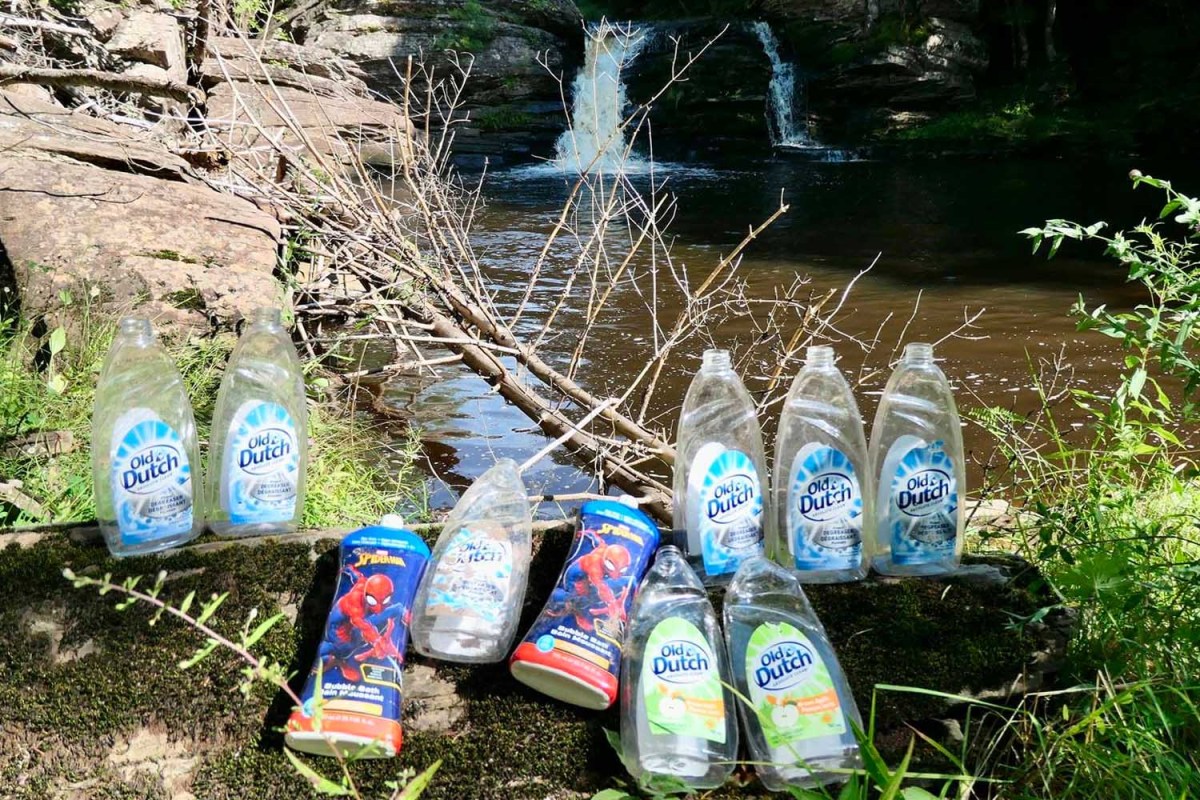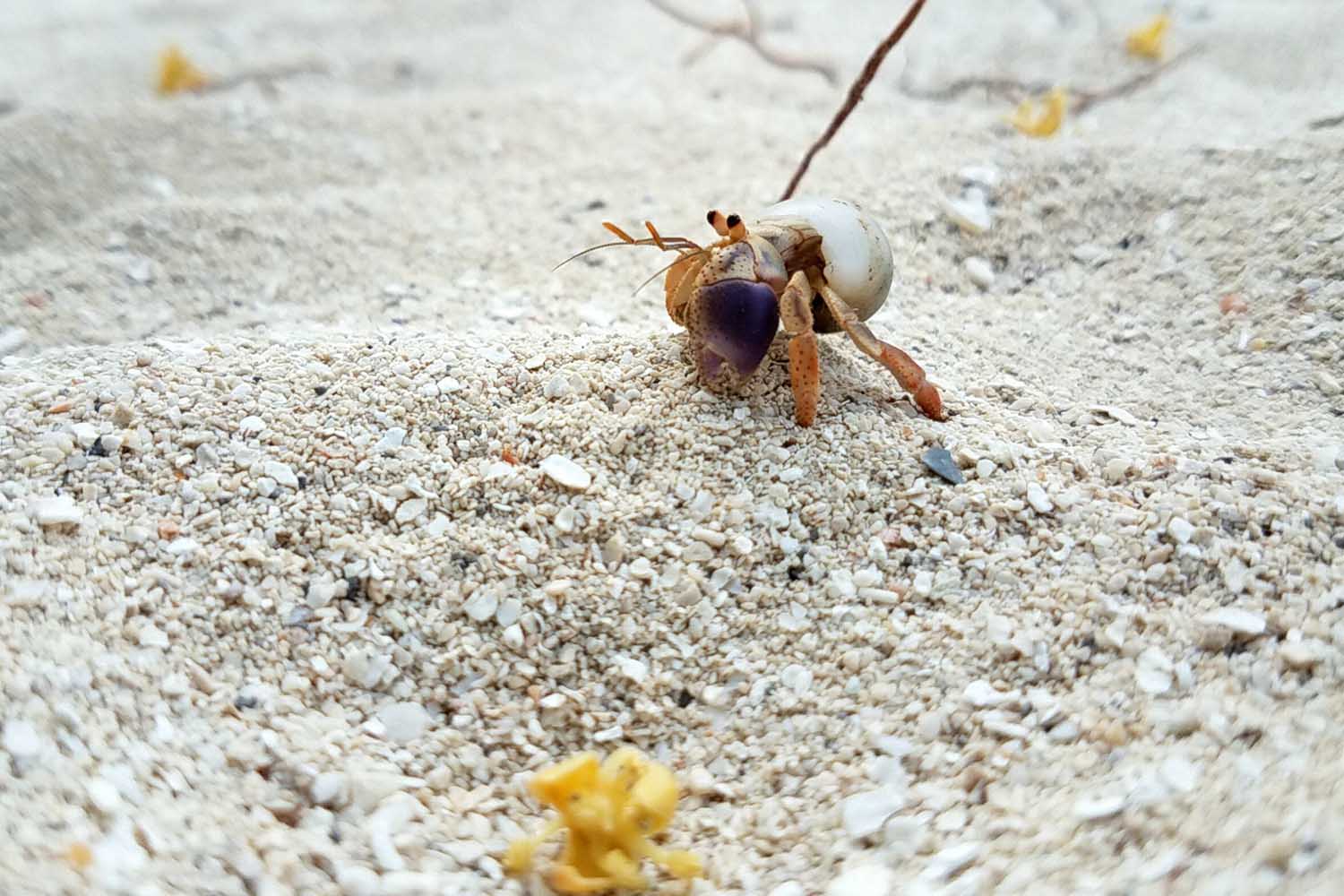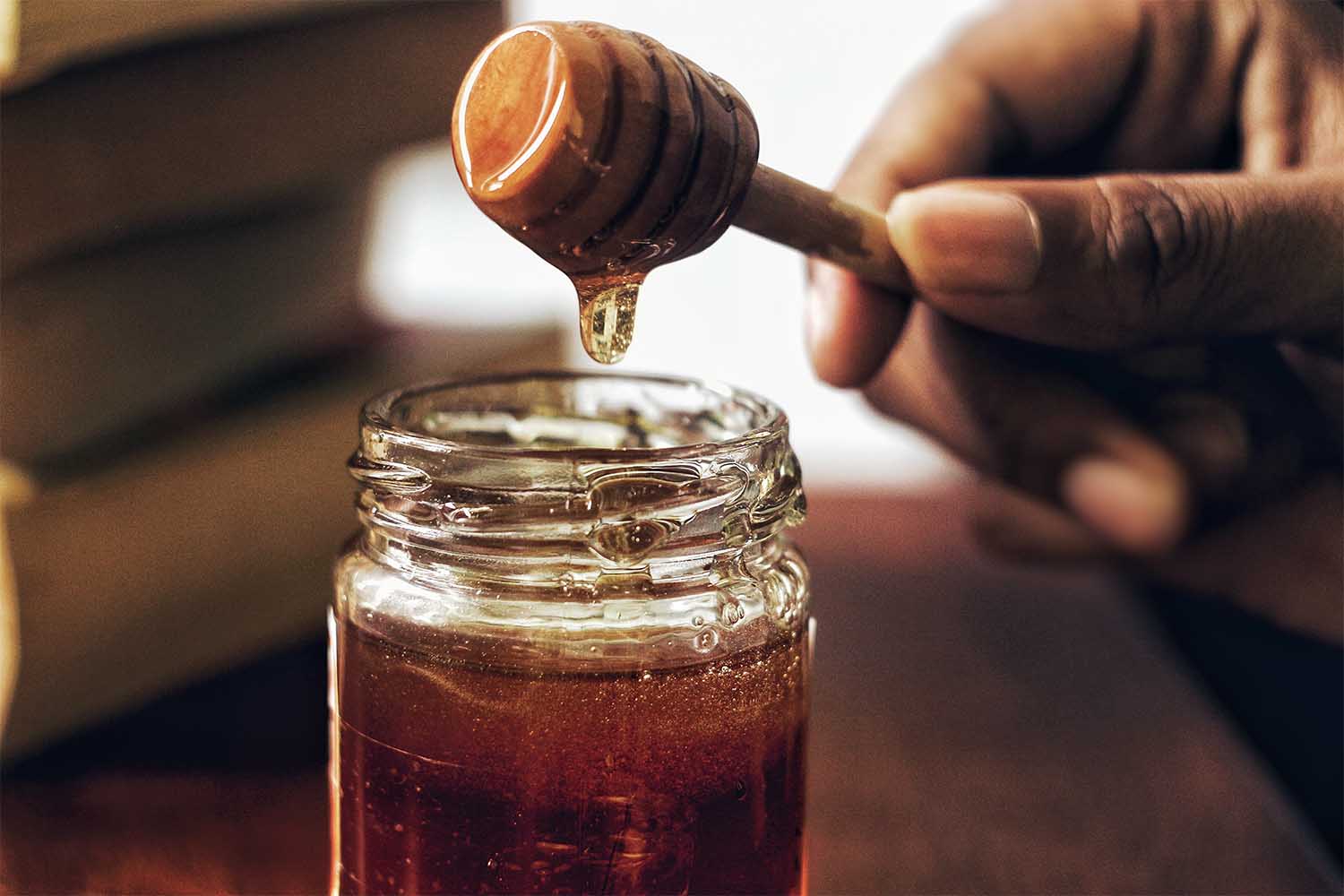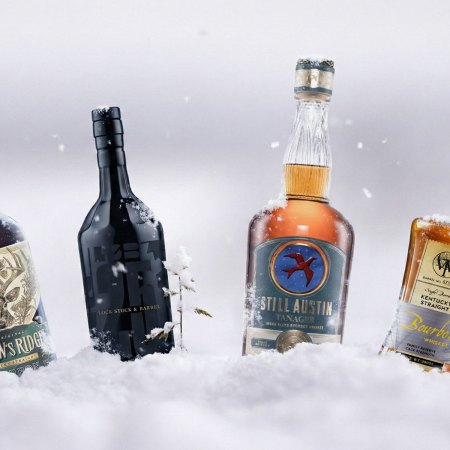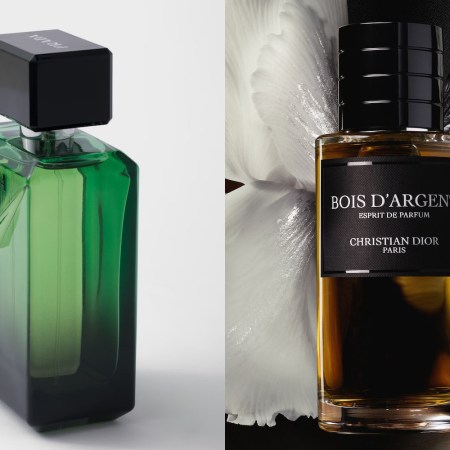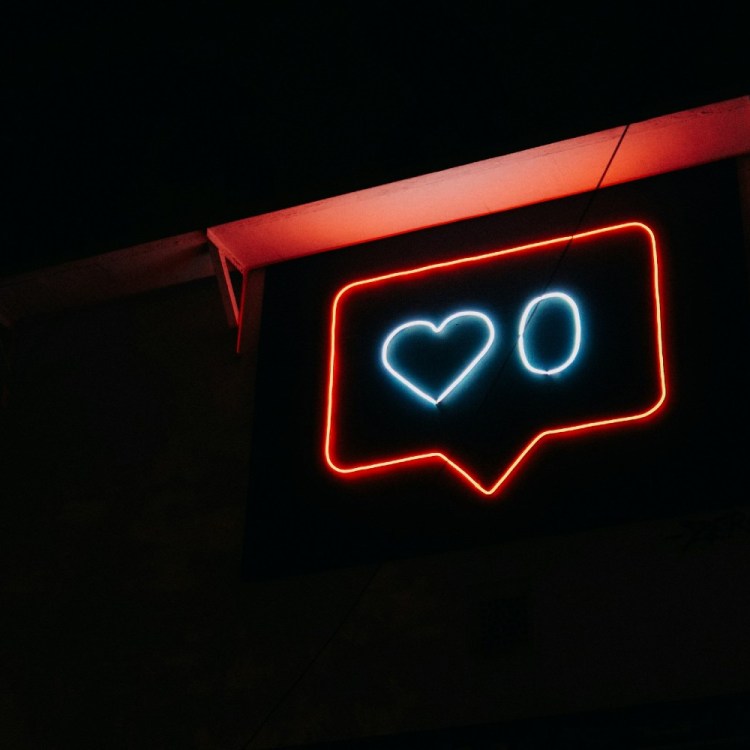Social media trends and challenges are often very, very stupid. Over the years we’ve watched users choke on cinnamon, chow down on Tide Pods and, recently, consume diarrhea-inducing frozen honey — all for the clout. While these viral trends mainly mean adverse effects for the participants, sometimes they run the risk of endangering unsuspecting habitats and species (think trendy gender reveals gone awry.)
One longstanding social media trend that involves dumping dish soap, shampoo or other detergents into waterfall plunge pools has one environmental advocate in Nova Scotia concerned about how the trend is affecting aquatic wildlife.
The Nova Scotia Species at Risk, a Facebook group raising awareness for at-risk species in the Canadian province, posted about the soapy stunt and the dangers it poses to fish and other animals in the habitat, along with photos of empty soap bottles and two dead American eels, which the post notes are globally endangered.
“In recent summers a new twist on an old pastime has gained in popularity. Some fun-seeking swimmers have taken to pouring dish suds, bubble bath, shampoo and other detergents into waterfall plunge pools for the bubbly effect. On the surface, this looks and sounds like great fun. But down below, everything is not well,” the post reads.
“Detergent that hasn’t had time to break down in a septic system harms fish, including our globally endangered American eel, two of which I recently (July 22) observed dead in the pool below Maple Brook Falls, Inverness County. I removed eight discarded detergent bottles from the brook that day. Three more bottles a week later.”
Aside from the obvious plastic waste the trend leaves behind, Adam Malcolm, an environmental advocate who runs the Facebook page, explained to the Canadian Broadcasting Corporation (CBC) that soap (even biodegradable kinds) can cause damage to fish’s gills, eggs and habitat.
“A bottle or two could easily — if not kill a fish outright — do enough damage to the protective mucus layer that they could become vulnerable to bacterial infection and succumb later on,” he said.
Malcolm also told the CDC that he’s heard of this social media trend before, but in recent years has seen a noticeable increase as more people are posting the results of their waterfall bubble baths for likes and views. The problem, though, has existed for quite some time in Canada. Multiple bubble bath incidents in Newfoundland and Labrador waterways were reported in 2016. One photo taken from Instagram shows a group of people engulfed in a frothing body of water with rushing waterfalls behind them. Despite pleas from officials and the fact that the activity is considered an illegal act of pollution under Nova Scotia’s Environment Act, the trend, unfortunately, persists.
Not that this needs to be reiterated but please keep the bubbles in your baths, and maybe let’s all keep our bathing rituals private.
Thanks for reading InsideHook. Sign up for our daily newsletter and be in the know.
